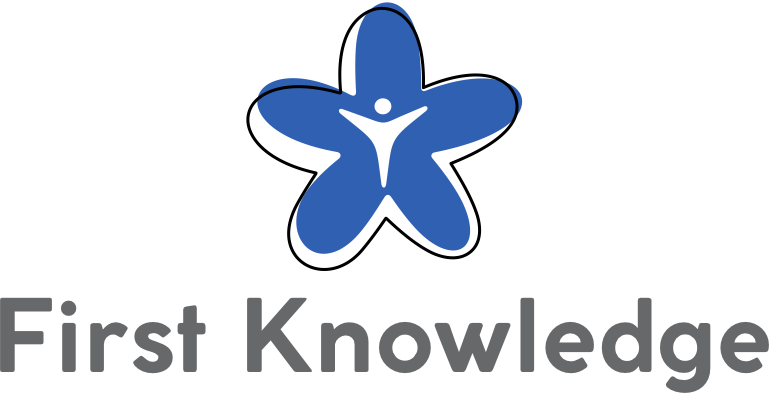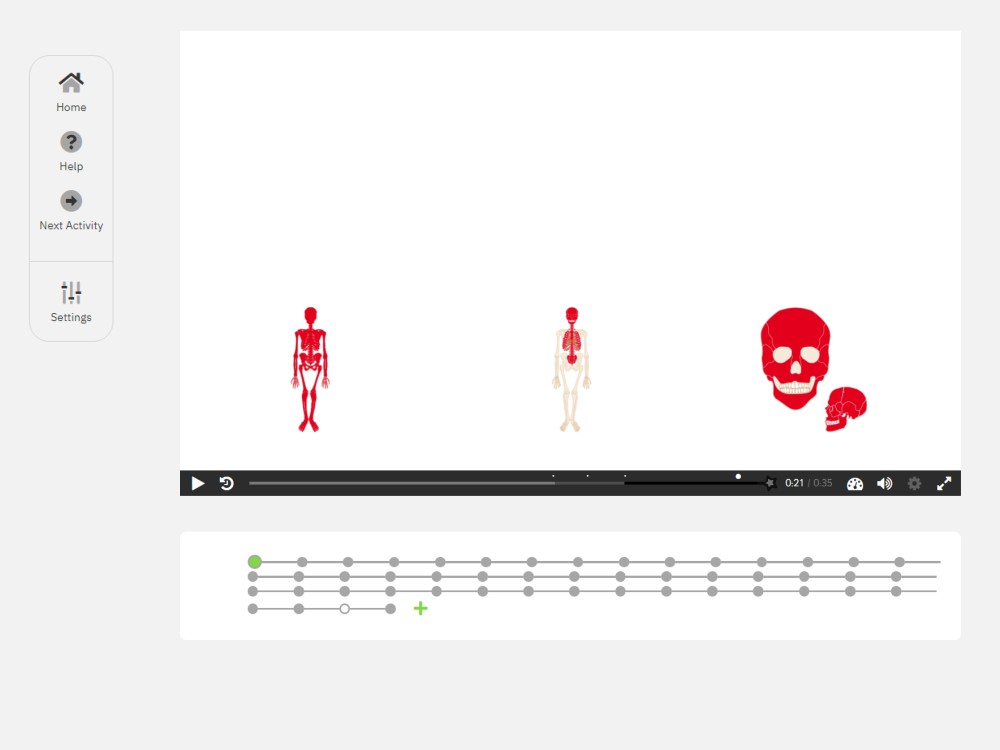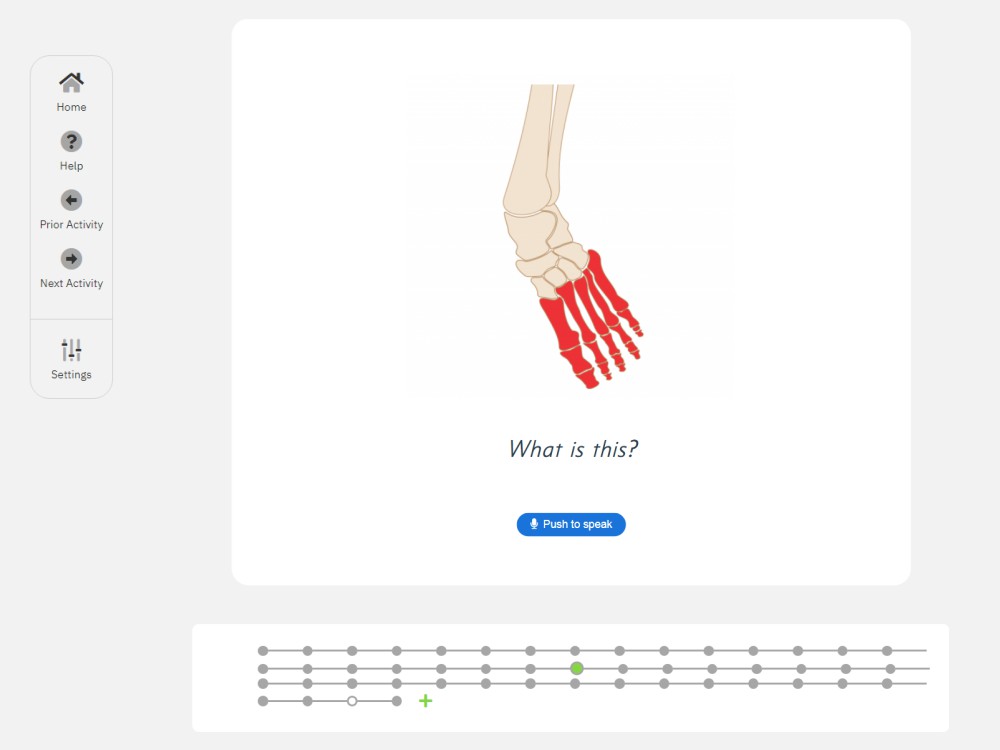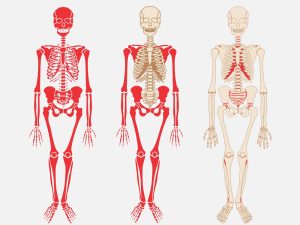Description
This material is part of a series of nomenclature cards supporting the Montessori biology curriculum for primary learners. Children in primary level learn about the human skeletal system. The material consists of 180 three-part cards and four booklets. The three-part nomenclature cards introduce children to the various parts and functions of the human skeletal system. The nomenclature cards contain a picture, a label, and a control for error card with both picture and label for matching purpose. Descriptions can be found in the booklets to learn facts about the parts.
Contents
Interactive Video Lessons
Digital Three-Part Cards
What’s this? (Speech Recognition Activities)
Digital Booklet
Parts represented:
Axial Skeletal: Axial Skeletal, Cranium
Neurocranium, Visceral Cranium, Vertebral Column
Cervical Vertebrae, Thoracic Vertebrae, Lumbar Vertebrae
Sacrum, Coccyx, Rib Cage
Sternum, Ribs, True Ribs
False Ribs, Floating Ribs
Upper Appendicular Skeletal: Shoulder Girdle, Clavicle
Scapula, Humerus, Forearm
Ulna, Radius, Wrist Bones,Hand
Metacarpals, Proximal Phalanges, Middle Phalanges
Distal Phalanges
Lower Appendicular Skeletal: Pelvic Girdle, Ilium
Ischium, Pubis, Femur
Patella, Lower Leg, Fibula
Tibia, Ankle Bones, Foot Bones
Metatarsals, Proximal Phalanges, Middle Phalanges
Distal Phalanges
Types of Joints: Fixed Joints, Partial Movement Joints
Synovial Joints, Hinge Joints, Pivot Joints
Saddle Joints, Condyloid Joints, Ball & Socket Joints
Gliding Joints
Skills
-describes the parts of the human skeletal system
-enriches vocabulary pertaining to human anatomy
-promotes concentration, and classification
Prior Knowledge Recommended
Vertebrates
Invertebrates
Introduction to the human systems
Recommended Age
4-6
Subjects
Skeletal System — Axial Skeleton, Skeletal System — Upper Appendicular Skeleton, Skeletal System — Lower Appendicular Skeleton, Skeletal System — Types of Joints






